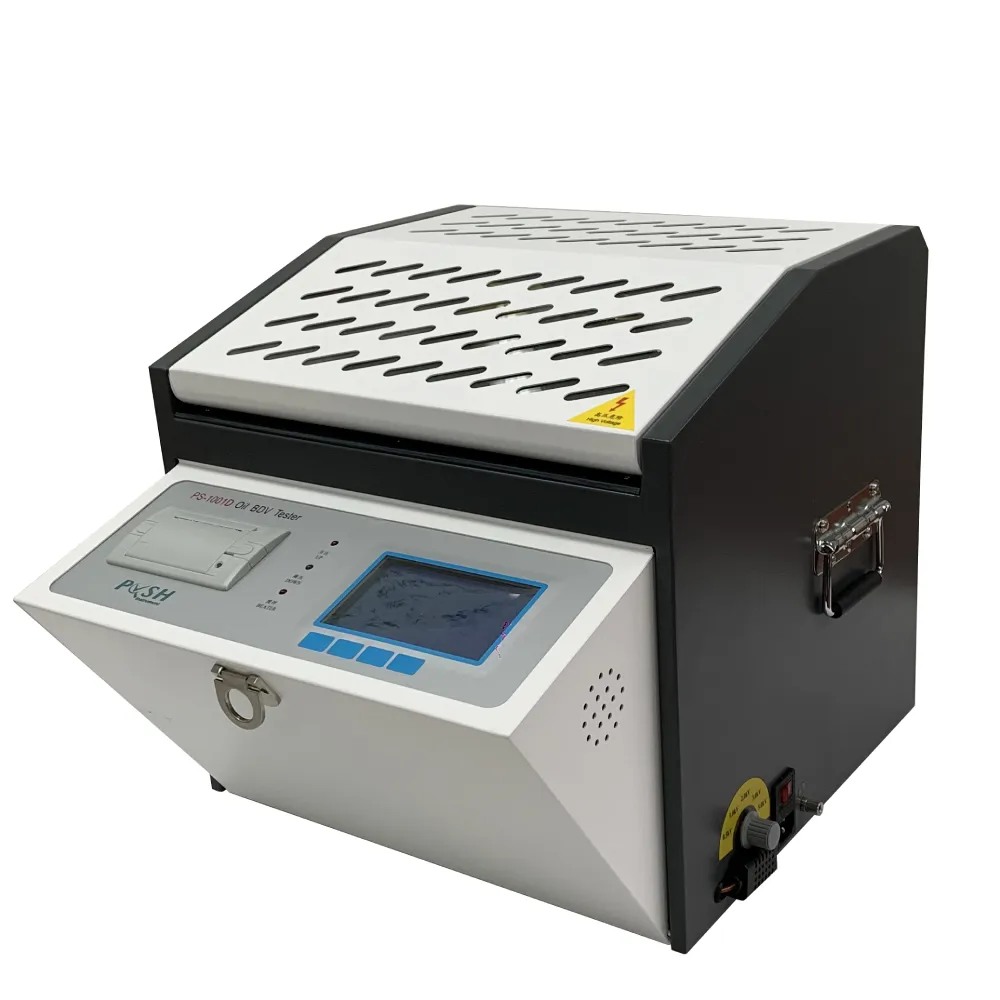 English
English


Gas Chromatography and Mass Spectrometry Analytical Techniques for Chemical Detection
Gas chromatography-mass spectrometry (GC-MS) is a powerful analytical technique used in various fields such as environmental monitoring, pharmaceuticals, and forensic science. This method combines the physical separation capabilities of gas chromatography with the mass analysis capabilities of mass spectrometry, allowing for the effective identification and quantification of complex mixtures.
The procedure begins with sample preparation, which is critical for accurate results. Depending on the nature of the samples, various extraction techniques may be used, such as liquid-liquid extraction or solid-phase microextraction. Once the sample is prepared, it is introduced into the gas chromatograph. The sample is vaporized and carried through a long, narrow column by an inert gas, typically helium or nitrogen. Inside the column, the components of the sample are separated based on their boiling points and affinities for the column's stationary phase.
As the separated components exit the column, they enter the mass spectrometer. The first step in the MS process is ionization, where molecules are converted into ions. Common ionization techniques include electron impact (EI) and chemical ionization (CI). The ions generated are then sorted based on their mass-to-charge ratio (m/z) using a mass analyzer. The resulting mass spectrum provides a unique fingerprint for each compound, allowing for its identification.
gas chromatography mass spectrometry procedure

One of the key advantages of GC-MS is its ability to analyze volatile and semi-volatile compounds at trace levels
. This sensitivity makes it ideal for applications like detecting pollutants in environmental samples, analyzing food contaminants, and even drug testing in forensic investigations.Furthermore, the combination of gas chromatography and mass spectrometry allows for qualitative and quantitative analysis in a single run. By comparing the mass spectra of unknown samples with those in a library database, researchers can quickly identify unknown compounds. Quantification is achieved by measuring the area under the peak in the chromatogram, which correlates with the concentration of the substance in the original sample.
In conclusion, GC-MS is an invaluable tool in modern analytical chemistry. Its precision, sensitivity, and ability to handle complex mixtures make it an essential method for researchers across various disciplines. As technology advances, the efficiency and capabilities of GC-MS continue to improve, paving the way for even more diverse applications in research and industry.
-
Differences between open cup flash point tester and closed cup flash point testerNewsOct.31,2024
-
The Reliable Load Tap ChangerNewsOct.23,2024
-
The Essential Guide to Hipot TestersNewsOct.23,2024
-
The Digital Insulation TesterNewsOct.23,2024
-
The Best Earth Loop Impedance Tester for SaleNewsOct.23,2024
-
Tan Delta Tester--The Essential Tool for Electrical Insulation TestingNewsOct.23,2024





